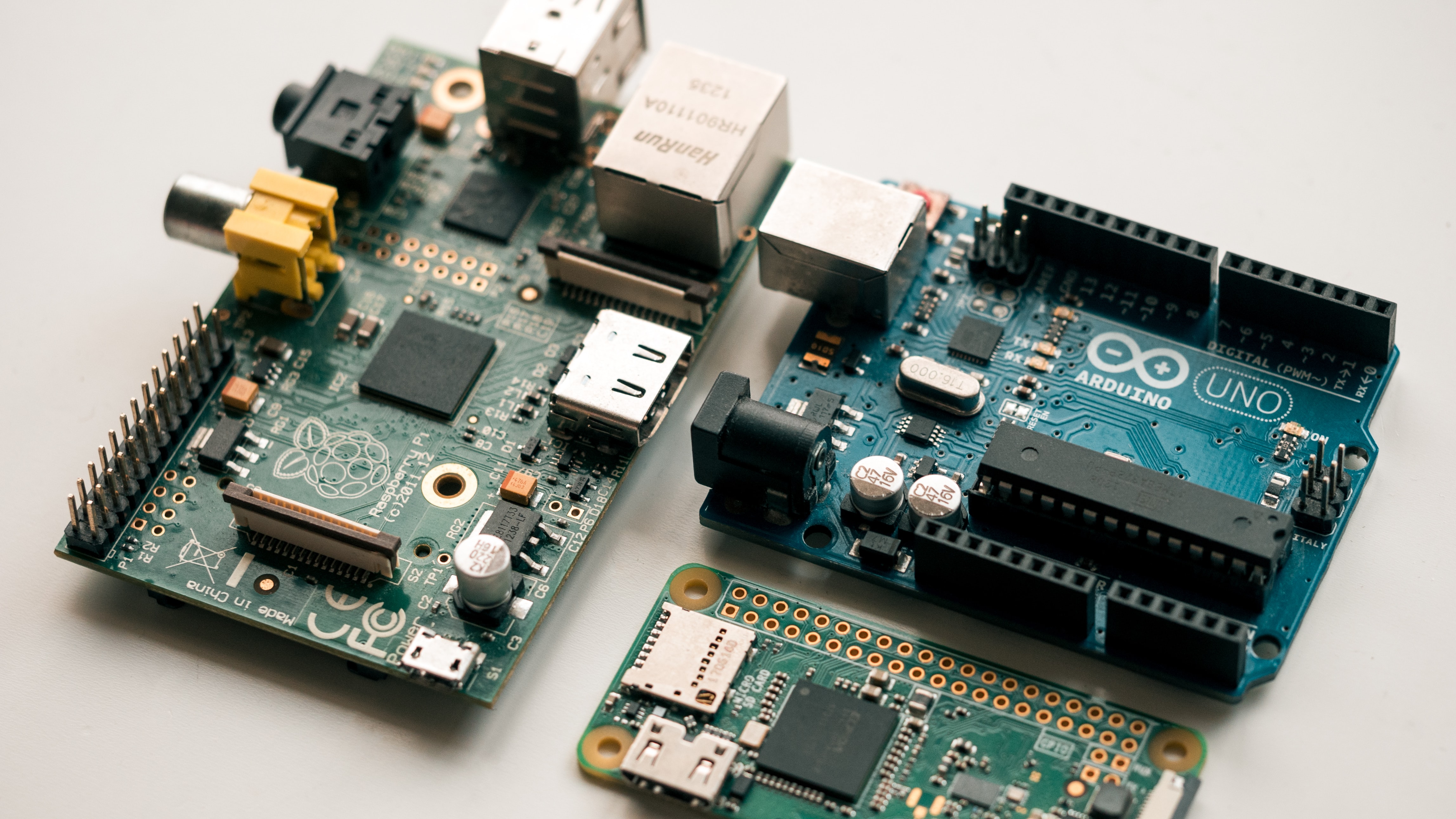Embedded systems are everywhere around us, even though we might not realise it. From our smartphones to our cars, embedded systems play a significant role in the functionality of these devices. An embedded system is a conjunction of hardware and software that performs specific functions within a larger system.
This article will convey an in-depth glimpse into embedded systems, including their definition, features, components, design, applications, challenges, and future.
Table of Contents
Definition and Features of Embedded Systems
Embedded systems are tiny computing appliances that accomplish distinct assignments as part of a bigger system. They are designed to be entirely dependable and efficient, with subordinate power consumption and fast response times. Examples of embedded systems include consumer electronics, medical devices, industrial control systems, and automotive systems.
Embedded systems have specific features that set them apart from general-purpose computing systems. These features include:
Dedicated functions: Embedded systems are designed to perform specific functions, such as controlling a machine or measuring temperature. They are not meant to run general-purpose software applications.
Limited resources: Embedded systems have limited processing power, memory, and storage capacity. They are designed to be small and efficient and typically operate on battery or low-voltage power supplies.
Real-time operations: Embedded systems are designed to respond quickly and predictably to external events, often in real time. This means they must be highly reliable and capable of performing tasks without delay.
Components of Embedded Systems
Embedded systems are made up of several key components, including processors, memory, input/output devices, and firmware.
Processors: Embedded systems use microprocessors or microcontrollers designed to be small and efficient. These processors have limited processing power but are optimised for specific tasks.
Memory: Embedded systems have limited memory, which is used to store both data and code. They use flash memory, EEPROM, or ROM to store code and RAM for data storage.
Input/Output Devices: Embedded systems use various input/output devices, including sensors, actuators, displays, and communication interfaces.
Firmware: Firmware is a form of the application stored in non-volatile memory, such as flash memory or ROM. It provides low-level control over the hardware and is accountable for restarting the system and controlling its operations.
Design and Development of Embedded Systems
Designing and developing embedded systems is a complex process that requires specialised knowledge and tools. Embedded system development typically involves several phases, including hardware design, software development, and system integration.
Hardware Design: Hardware design involves selecting and integrating components, designing circuit boards, and building prototypes. It also involves testing and validating the hardware to ensure it meets the system requirements.
Software Development: Software development involves writing code on the embedded system. This can include low-level drivers, firmware, and higher-level software applications.
System Integration: System integration combines the hardware and software components into a working system. This often involves testing and validating the system to ensure it meets the requirements.

Embedded system development requires specialised tools and technologies, including embedded development kits, debuggers, and simulators. The programming languages used in embedded system development include C, C++, and Assembly.
Applications of Embedded Systems
Embedded systems have a wide range of applications in various industries, including automotive, healthcare, telecommunications, and industrial automation.
Automotive: Embedded systems are used in automotive systems, including engine control units, airbag controllers, and entertainment systems. They are also used in autonomous driving systems.
Healthcare: Embedded systems are used in medical tools, such as pacemakers, insulin pumps, and blood glucose monitors. They are also used in hospital equipment, such as monitors and diagnostic machines.
Telecommunications: Embedded systems are used in communication devices, such as routers, modems, and mobile devices. They manage communication protocols, data transmission, and network connectivity.
Industrial Automation: Embedded systems are used in industrial control systems, such as programmable logic controllers (PLCs), to automate manufacturing processes. They are also used in robotics and motion control systems.
Embedded systems provide numerous benefits in these industries, including improved efficiency, reliability, and safety. They also enable advanced features, such as real-time monitoring and control, that are impossible with general-purpose computing systems.
Challenges and Future of Embedded Systems
Embedded systems face several challenges, including hardware limitations, software complexity, and security concerns. These challenges can lead to system failures, data breaches, and safety risks. Embedded system developers need to adopt best practices, such as secure coding, risk analysis, efficient embedded software testing practices and quality assurance mechanism.
The future of embedded systems is promising, with new technologies and trends emerging. One of these trends is the Internet of Things (IoT), which involves connecting embedded systems to the internet to enable communication and data exchange. Another trend is using artificial intelligence (AI) and machine learning (ML) to enable advanced features, such as predictive maintenance and autonomous decision-making.
Conclusion
Embedded systems are crucial to modern technology, powering devices and systems across various industries. Understanding their definition, features, components, design, applications, challenges, and future is essential for anyone involved in technology development or implementation. As technology evolves, embedded systems will perform a fundamental duty in forming our world.

